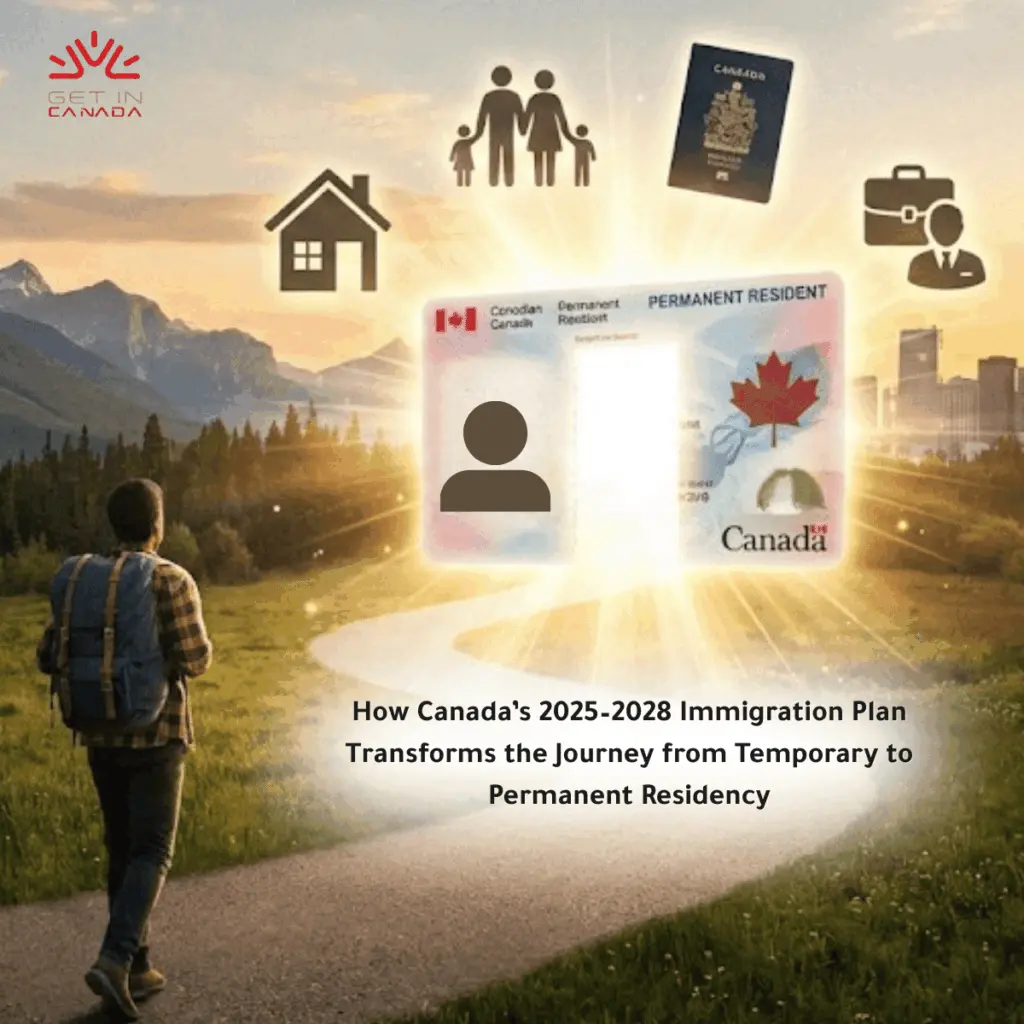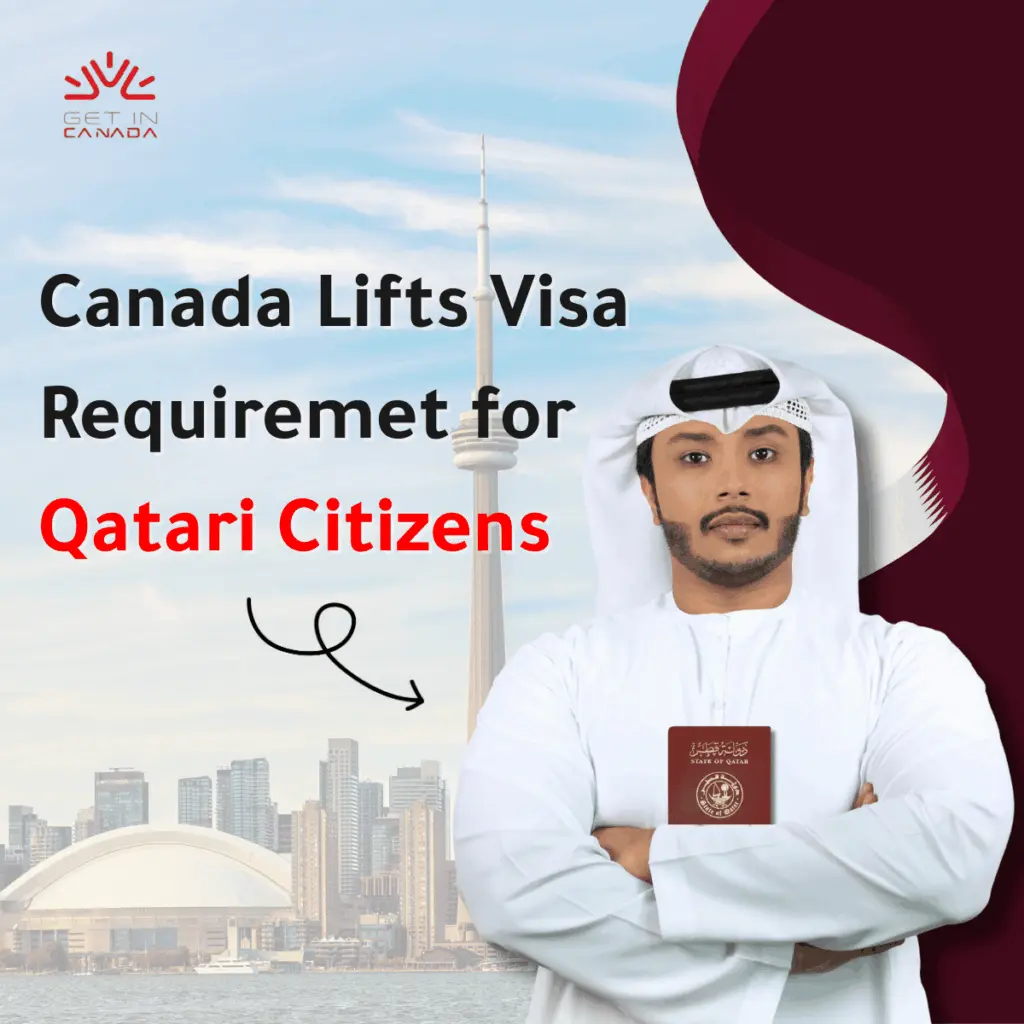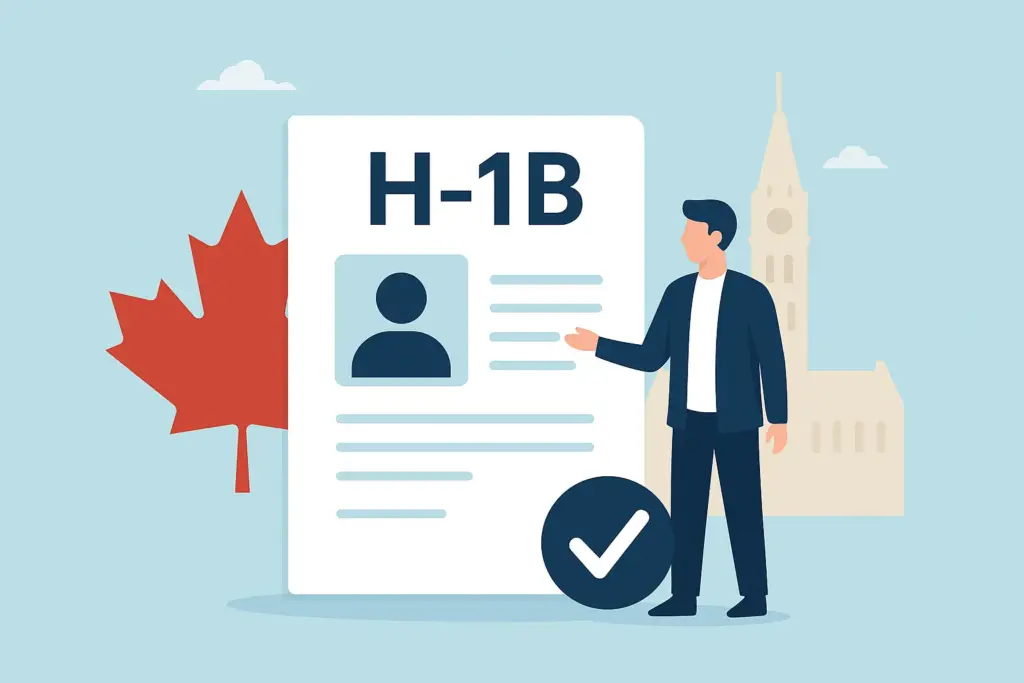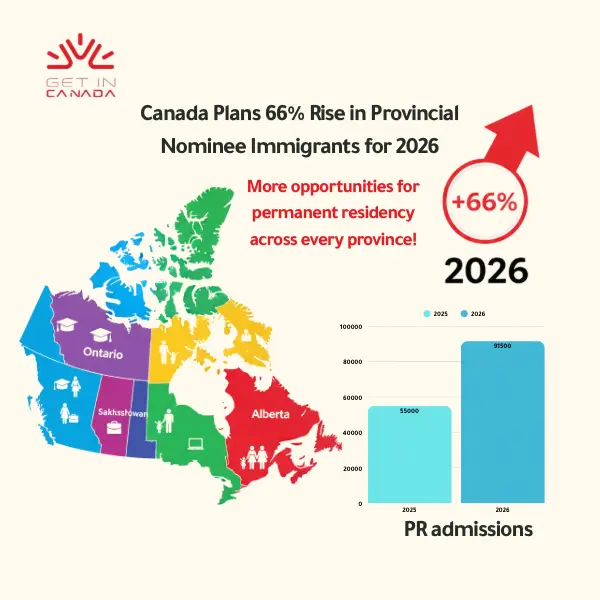Is the Study and Work Path Still a Viable Route to Canadian Permanent Residency in 2025?
Introduction
Canada has long been a beacon for international students seeking both education and opportunity. Over the past decade, the study–work–immigrate pathway became one of the most popular routes toward Canadian permanent residency, offering a clear roadmap: study at a Canadian institution, gain work experience, and eventually transition to PR. But in 2025, the landscape is shifting. Immigration rules have evolved, competition has intensified, and the once straightforward route now demands more strategy and awareness than ever before.
Yet despite these changes, this pathway remains alive and achievable for those who understand the system. By choosing the right program, focusing on high-demand fields, and leveraging the Canadian permanent residency points calculator, students can still transform their academic journey into a permanent home in Canada.
1. Understanding the Study-Work-Immigrate Path
The study–work–immigrate route remains a three-step ladder for international students. It begins with obtaining admission to a Designated Learning Institution (DLI), which makes you eligible for a Post-Graduation Work Permit (PGWP) after graduation. Through the PGWP, graduates gain valuable Canadian work experience that can be used to qualify for Express Entry, Canadian Experience Class (CEC), or Provincial Nominee Programs (PNPs) — all leading pathways to permanent residency.
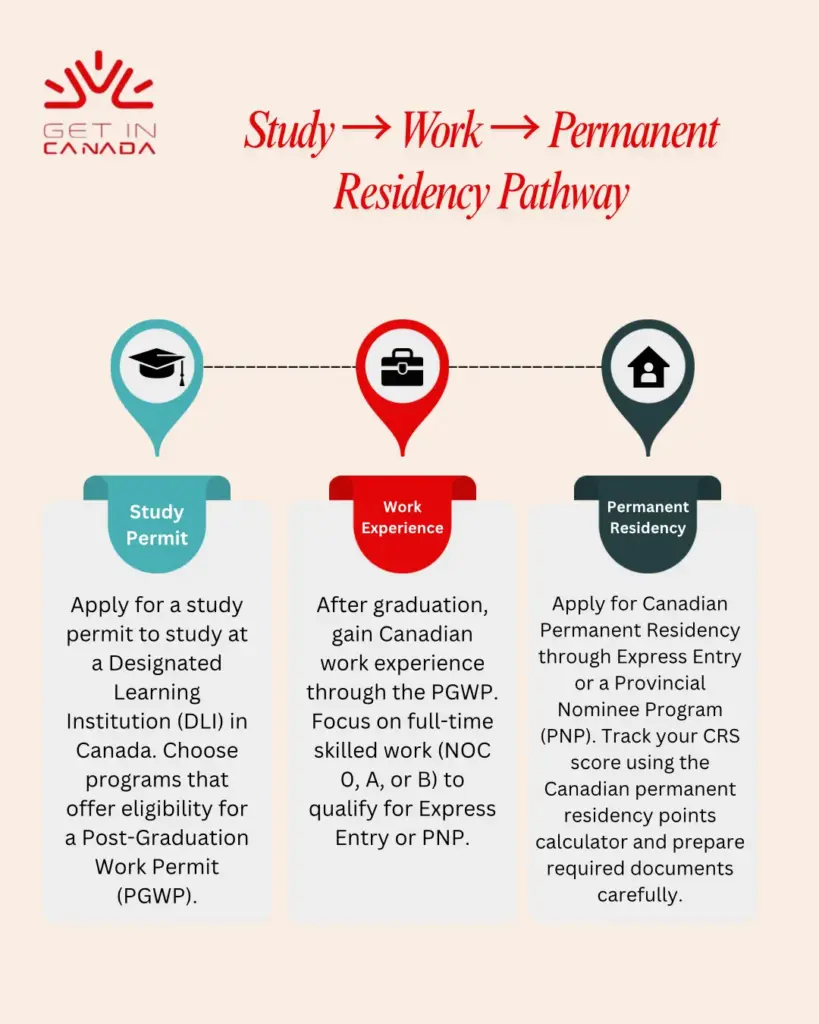
2. Changes in 2025: Is It Still Viable?
Immigration, Refugees and Citizenship Canada (IRCC) has adjusted its approach in 2025, focusing on sustainable immigration growth. Study permits are now more regulated, PGWP eligibility is narrower, and provinces are prioritizing sectors with labor shortages. Despite these shifts, Canada continues to view international graduates as valuable contributors to its economy and multicultural identity.
To remain competitive, applicants must emphasize high-demand fields such as technology, health care, and engineering. Graduates with job offers in these sectors and strong English or French skills are among the top candidates for permanent residency.
Book Your Consultation Session →
3. Points System and PR Eligibility
The Comprehensive Ranking System (CRS) remains the core of Canada’s Express Entry selection process. It assigns points based on education, work experience, age, and language skills. International graduates who study and work in Canada enjoy a significant advantage since they receive extra CRS points for Canadian experience.
| Factor | Maximum CRS Points | Details |
|---|---|---|
| Education in Canada | Up to 30 | Points for post-secondary studies at a DLI |
| Canadian Work Experience | Up to 80 | Through PGWP or a valid job offer |
| Language Skills | Up to 160 | English or French proficiency tests |
| Age | Up to 100 | Higher points for applicants aged 20–29 |
External tool: CRS Points Calculator – IRCC
4. Pathways Beyond Express Entry
While Express Entry dominates the headlines, other immigration programs quietly create success stories. Provincial Nominee Programs (PNPs) let provinces handpick candidates with skills needed locally. Meanwhile, the Atlantic Immigration Program (AIP) and Rural and Northern Immigration Pilot (RNIP) address regional labor shortages and support balanced population growth.

5. PR Card Renewal and Requirements
Becoming a permanent resident is only the beginning. To maintain status, holders must meet residency obligations — living in Canada for at least 730 days within five years. Renewal requires proof of physical presence, a clean record, and updated documentation. Missing these requirements could result in delays or even loss of PR status.
6. Pros and Cons of the Study-Work-Immigrate Path
| Advantages | Challenges |
|---|---|
| Gain world-class education and real Canadian work experience | High tuition fees and living expenses |
| Easier PR eligibility through local credentials | PGWP validity limitations for short programs |
| Strong job prospects and community integration | Increased competition under 2025 policies |
7. Tips for a Successful PR Journey
To make the most of your study–work–immigrate plan, treat it as a long-term strategy rather than a quick shortcut. Build your profile step by step, academic excellence, language improvement, networking, and staying updated through reliable sources like IRCC.
Top Recommendations:
- Choose institutions that qualify for PGWP.
- Focus on IELTS/TEF preparation early.
- Seek co-op programs or internships to gain work experience.
- Follow updates on official IRCC platforms.
Conclusion
The study–work–immigrate path continues to represent one of the strongest gateways to achieving permanent residency in Canada , but it’s no longer a journey of chance; it’s a journey of preparation and purpose. In today’s competitive climate, Canada rewards those who demonstrate adaptability, skill, and long-term commitment to contributing to the country’s economy and culture.
Students who strategically plan their academic programs, gain valuable local experience, and keep track of immigration updates through trusted sources like IRCC’s official site and Get In Canada have a clear advantage. Whether through Express Entry, Provincial Nominee Programs, or Canadian Experience Class, there are still multiple doors open to determined individuals.
Ultimately, the dream of becoming a Canadian permanent resident remains alive. It may now require patience, persistence, and informed decision-making, but for those willing to invest in themselves, the reward is life-changing. The key is not to rush the process, but to understand it deeply, follow it carefully, and embrace Canada not just as a destination, but as a new home filled with promise and opportunity.



